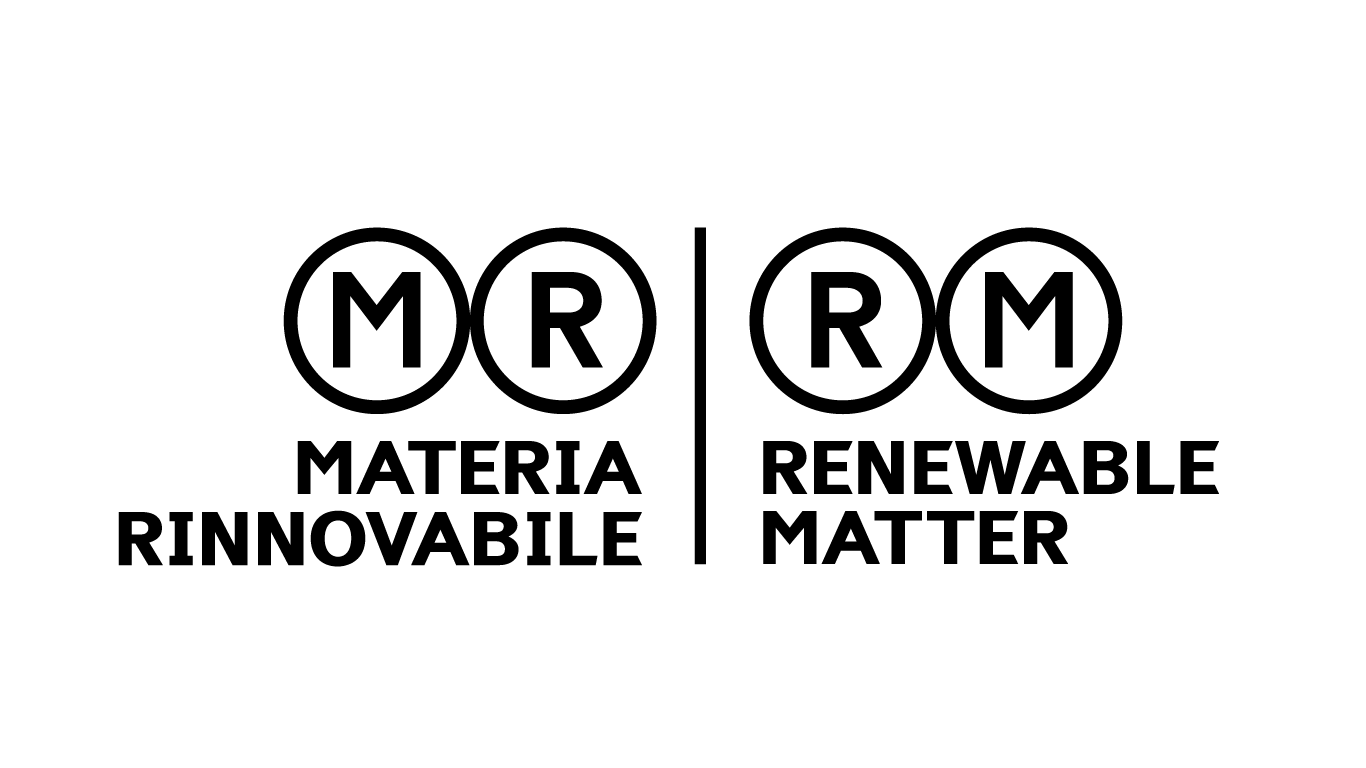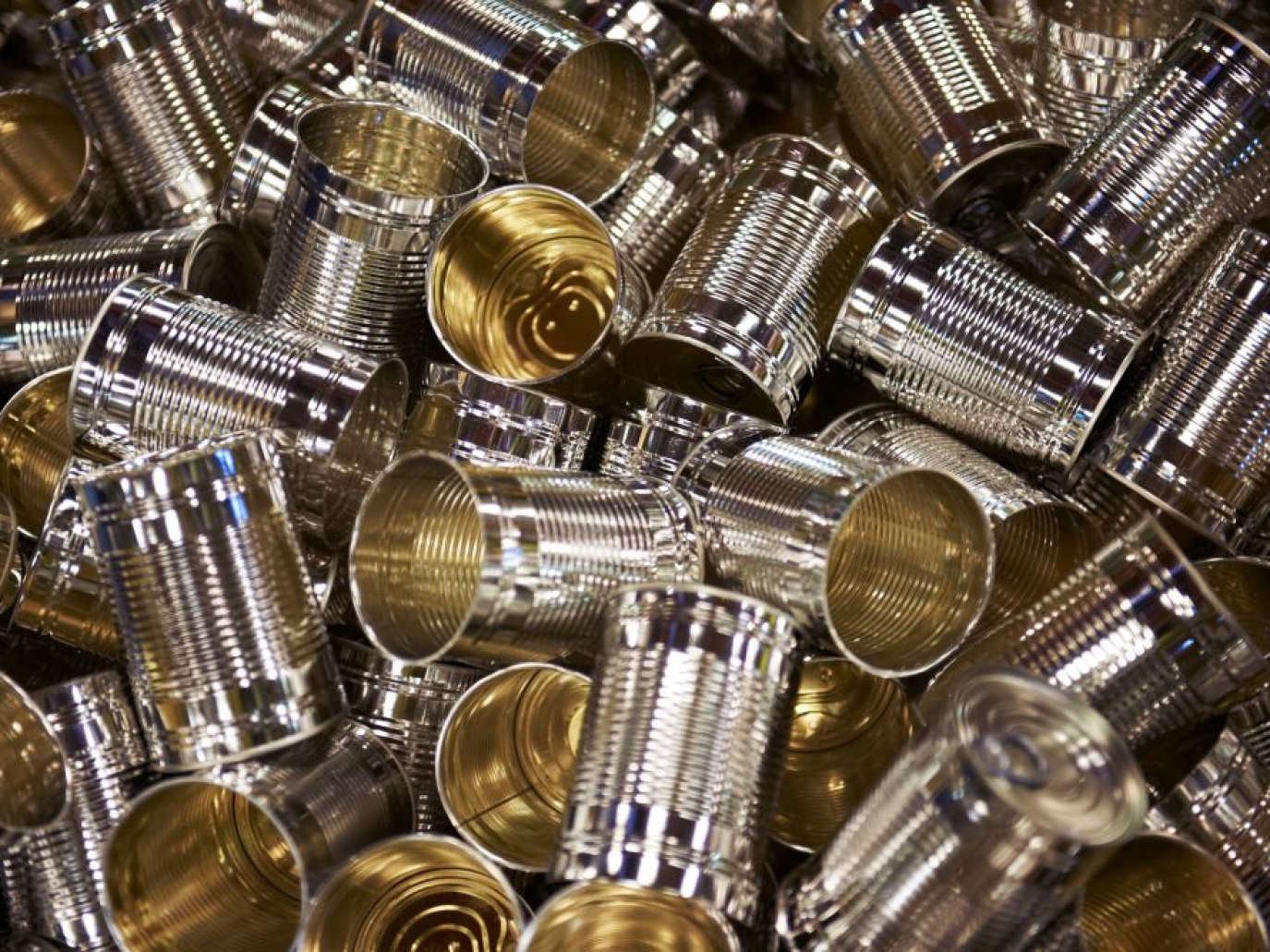This article is also available in Italian / Questo articolo è disponibile anche in italiano
In December 2024, the EU Council formally adopted the Packaging and Packaging Waste Regulation (PPWR). The PPWR, set to be published in the EU's Official Journal in January 2025, will come into force in mid-2026, following an 18-month transition period. While previous legislation only included recycling-related targets, the Packaging Regulation is a step forward in Europe's commitment to the circular economy and environmental protection.
For the first time, the PPWR mandates that Member States meet binding waste prevention targets (5% by 2030, 10% by 2035, and 15% by 2040, compared to 2018). In this context, aluminium packaging sets itself apart as a virtuous example of prevention.
Italy's aluminium recycling primacy
Stefano Stellini, Director General of CIAL (Italy's National Aluminium Packaging Consortium), tells Renewable Matter that aluminium is used where it is truly necessary, preventing material waste and excessive packaging. The amounts put on the market are proof of this: with a total of 85,500 tonnes, aluminium makes up just 0.5% of total packaging volume. With its effectiveness as a barrier, the material is essential to preserve and protect contents over long periods, while drink cans and coffee capsules do not require overpackaging.
Regarding recycling, aluminium's strong performance in the packaging sector is self-evident. "With an average recycling rate for aluminium packaging of 70% in the past five years," says Stellini, "Italy has not only met and surpassed the 2030 targets well in advance of that date but it is also ranked first in Europe, 10 percentage points above the average across other countries (59%)." For drinks cans alone, the current recycling rate of 93.8% (2023) is in line with the average rate in deposit-based systems (92%) and far above the European average, which currently stands at 76%.
Eco-design and circularity
Choosing to use aluminium means focusing on waste prevention, thanks to the ease of collection and separation ensured by its compatibility with modern technology. In disposal facilities, induced currents enable automatic and efficient separation. A study carried out by CIAL to trace the evolutionary trend of aluminium packaging in terms of weight and thickness reduction since 2000 shows how companies in the sector have managed to save, on average, approximately 5,350 tonnes of material per year (equivalent to 51,000 car chassis).
This amounts to 107,000 tonnes, or a 936,000-tonne reduction in CO2 emissions. "All this thanks to improvements in production processes and packaging design aimed at maximising recycling," adds Stellini.
A challenge from Europe
In other words, aluminium is more synonymous with "multiple-use" than "single-use". Future prospects are therefore very positive, especially thanks to technological evolution that will lead this material to play an increasingly important role even in sectors like construction and the automotive industry.
However, the actions set out in the European Regulation, such as reuse and refill, risk having minimal or even null impact on the aluminium can sector, clashing with varying consumer habits across different countries.
"Canned beverage consumption in Italy is already very low," says Stellini, "with an average of 34-45 cans per capita, compared with 150 in Belgium and 300 in Spain." These figures reflect different lifestyles and a more contained consumer culture in Italy. "The PPWR risks flattening practices without considering individual countries' specificities," the CIAL Director General concludes. Therefore, the European Regulation presents a challenge but also offers an opportunity to further exploit a material that is already an example of efficiency, sustainability, and innovation.
This content is produced thanks to the support of sponsors
Cover: Envato image



